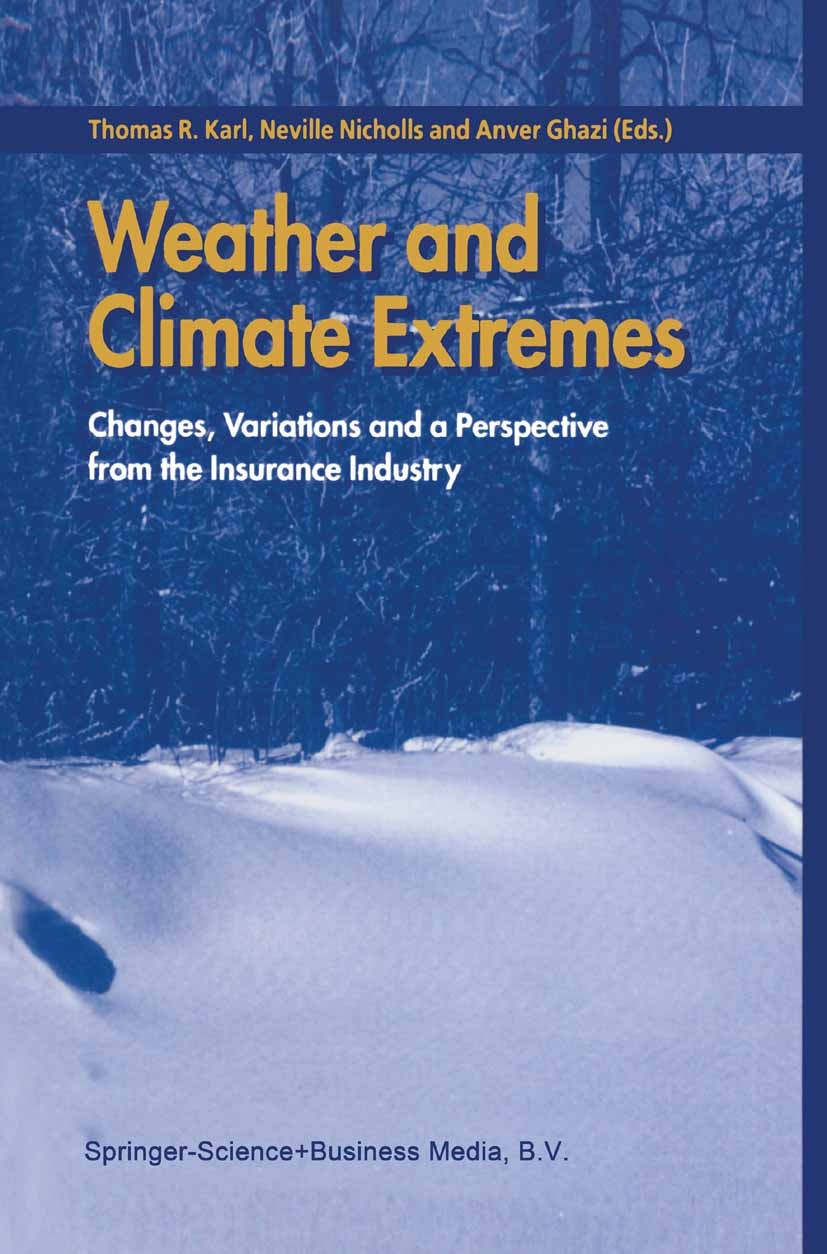探讨热带气旋登陆中国导致极端降雨的天气模式
IF 6.9
1区 地球科学
Q1 METEOROLOGY & ATMOSPHERIC SCIENCES
引用次数: 0
摘要
登陆热带气旋(ERLTC)导致的极端降雨会给中国各地带来严重的灾害和巨大的经济损失,这凸显了提高热带气旋(ERLTC)预报精度以预防和减轻灾害的迫切需要。本研究考察了1979年至2019年中国789个ERLTC日。利用登陆热带气旋(tc)、西太平洋副热带高压(WPSH)和相关低层水汽输送的配置,采用自组织图方法将这些ERLTC日划分为4个主要天气型(P1 ~ P4)。这四种模式的特征如下:P1(33.0%)反映了一个典型的盛夏环流,在25°N附近有西太平洋高压和南亚高压脊线;P2(30.0%)表现为北移的西太平洋高度和南亚高压,并伴有双TC环流;P3(20.3%)以副高和南亚高压南移为主,TC和季风环流最弱;P4(16.7%)表现为西太平洋高压和南亚高压东移,TC环流最强。与P1相比,tc在P2中位置更靠北,在P3中位置更靠南,在P4中位置更靠东。ERLTC的强度中心与水汽通量辐合和高层辐散区密切对应,位于P1和P3下的南部沿海地区,P2下的东南大陆和渤海湾周边地区,以及P4下的东部沿海地区。同时,由于水汽输送较弱,在P3中ERLTC被限制在30°N以南地区。这些发现为全面了解中国的ERLTC事件提供了有价值的见解。本文章由计算机程序翻译,如有差异,请以英文原文为准。
Exploring synoptic patterns contributing to extreme rainfall from landfalling tropical cyclones in China
Extreme rainfall resulted from landfalling tropical cyclones (ERLTC) can lead to severe disasters and enormous economic losses across China, highlighting the critical need to improve ERLTC forecasting accuracy for disaster prevention and mitigation. This study examines 789 ERLTC days in China from 1979 to 2019. These ERLTC days are classified into four dominant synoptic patterns (P1 to P4) using the self-organizing map method based on the configurations of landfalling tropical cyclones (TCs), the western Pacific subtropical high (WPSH), and associated low-level water vapor transport. These four patterns are characterized as follows: P1 (33.0 %) reflects a typical mid-summer circulation with WPSH and south Asian high (SAH) ridge lines around 25°N; P2 (30.0 %) exhibits a northward-shifted WPSH and SAH with double TC circulations; P3 (20.3 %) features a southward-shifted WPSH and SAH with the weakest TC and monsoon circulation; P4 (16.7 %) shows an eastward-shifted WPSH and SAH with the strongest TC circulation. Compared to P1, TCs are positioned further north in P2, further south in P3, and further east in P4. The intensity centers of ERLTC correspond closely with regions of column-integrated water vapor flux convergence and high-level divergence, located in southern coast areas under P1 and P3, southeast mainland and around Bohai Bay under P2, and along eastern coastal areas under P4. Meanwhile, ERLTC is confined to regions south of 30°N in P3 due to weaker water vapor transport. These findings offer valuable insights to comprehensively understand ERLTC events in China.
求助全文
通过发布文献求助,成功后即可免费获取论文全文。
去求助
来源期刊

Weather and Climate Extremes
Earth and Planetary Sciences-Atmospheric Science
CiteScore
11.00
自引率
7.50%
发文量
102
审稿时长
33 weeks
期刊介绍:
Weather and Climate Extremes
Target Audience:
Academics
Decision makers
International development agencies
Non-governmental organizations (NGOs)
Civil society
Focus Areas:
Research in weather and climate extremes
Monitoring and early warning systems
Assessment of vulnerability and impacts
Developing and implementing intervention policies
Effective risk management and adaptation practices
Engagement of local communities in adopting coping strategies
Information and communication strategies tailored to local and regional needs and circumstances
 求助内容:
求助内容: 应助结果提醒方式:
应助结果提醒方式:


